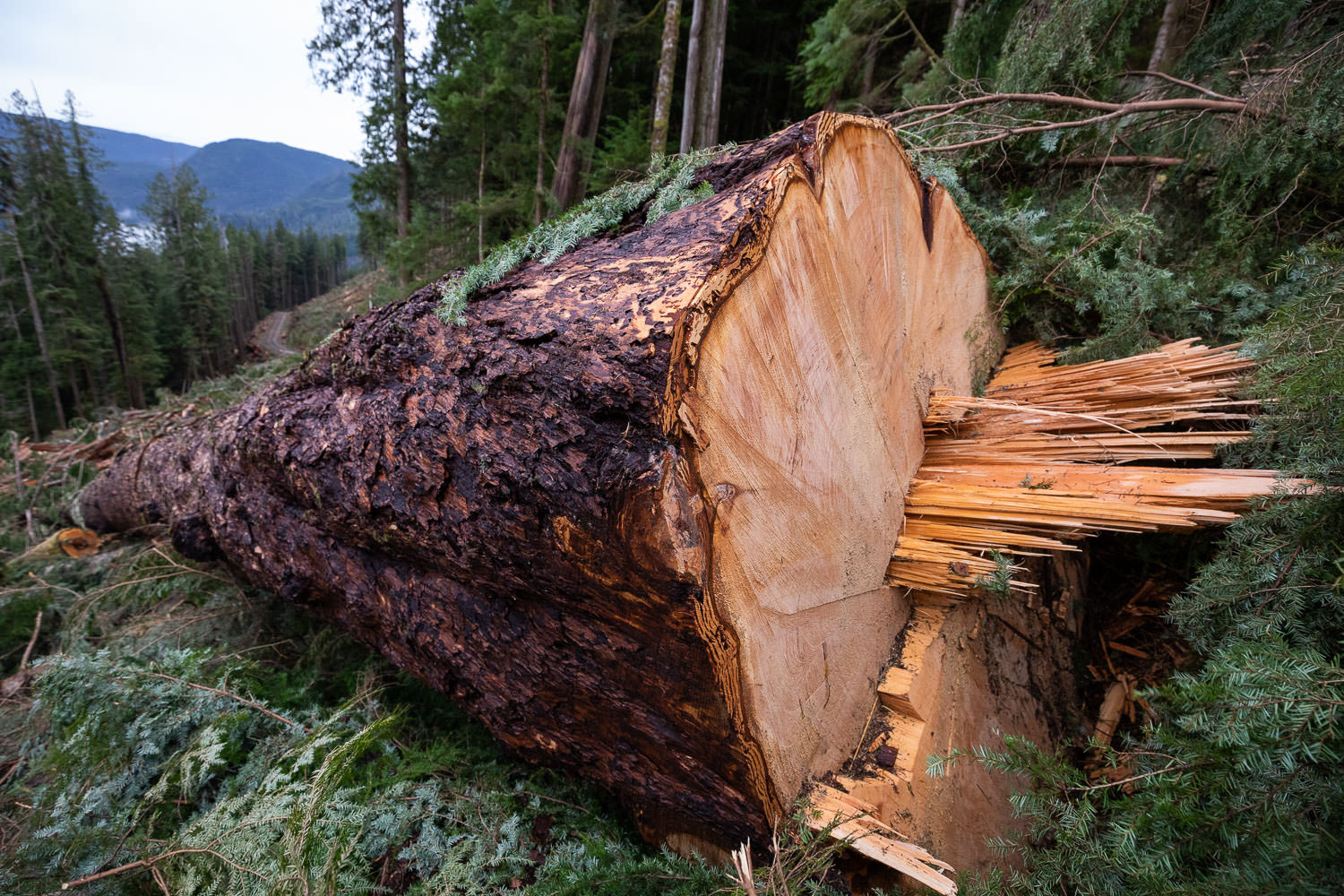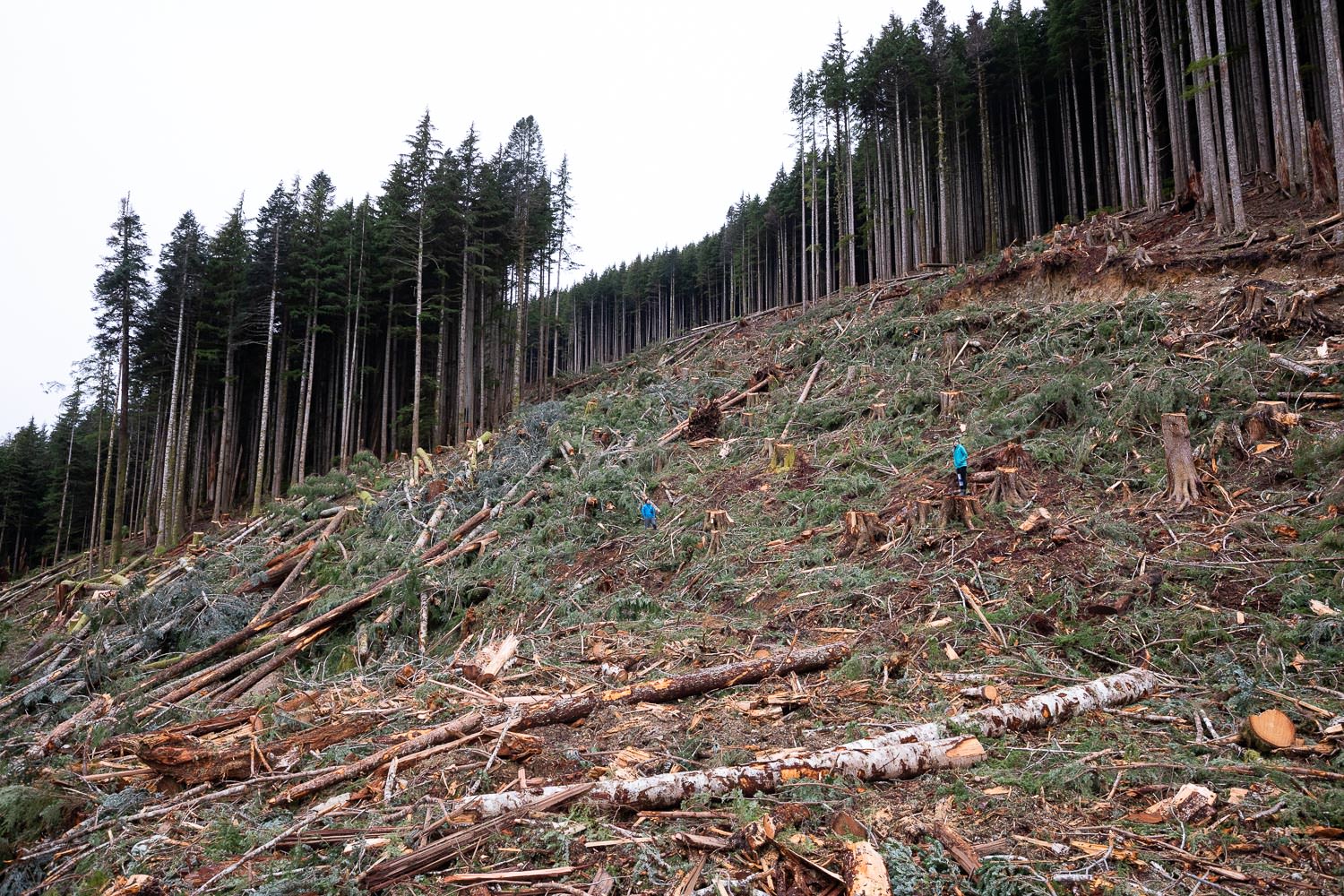Last week I took The Weather Network out to Port Renfrew to chat about old-growth conservation at Big Lonely Doug and the Eden Grove. See the video here: https://www.theweathernetwork.com/ca/videos/gallery/meet-big-lonely-doug-and-the-many-other-historic-trees-that-need-saving-in-bc/
Logging
Douglas Magazine: Old-Growth, New Ideas
See the latest old-growth article in Douglas Magazine: A Closer Look at B.C. Forestry and Tall Tree Tourism, which looks at the old-growth issue, tourism, & raw log exports, and features photos and interviews from myself and others.
Investigation Into BC Timber Sales Old-Growth Logging in the Nahmint Valley
The BC government's own logging agency, BC Timber Sales, is failing to comply with the Province's own inadequate standards for old-growth forest protection, according to a Ministry of Forests investigation into old-growth logging in the Nahmint Valley near Port Alberni.
The Narwhal: “‘Indicative of a truly corrupt system’: government investigation reveals BC Timber Sales violating old-growth logging rules”
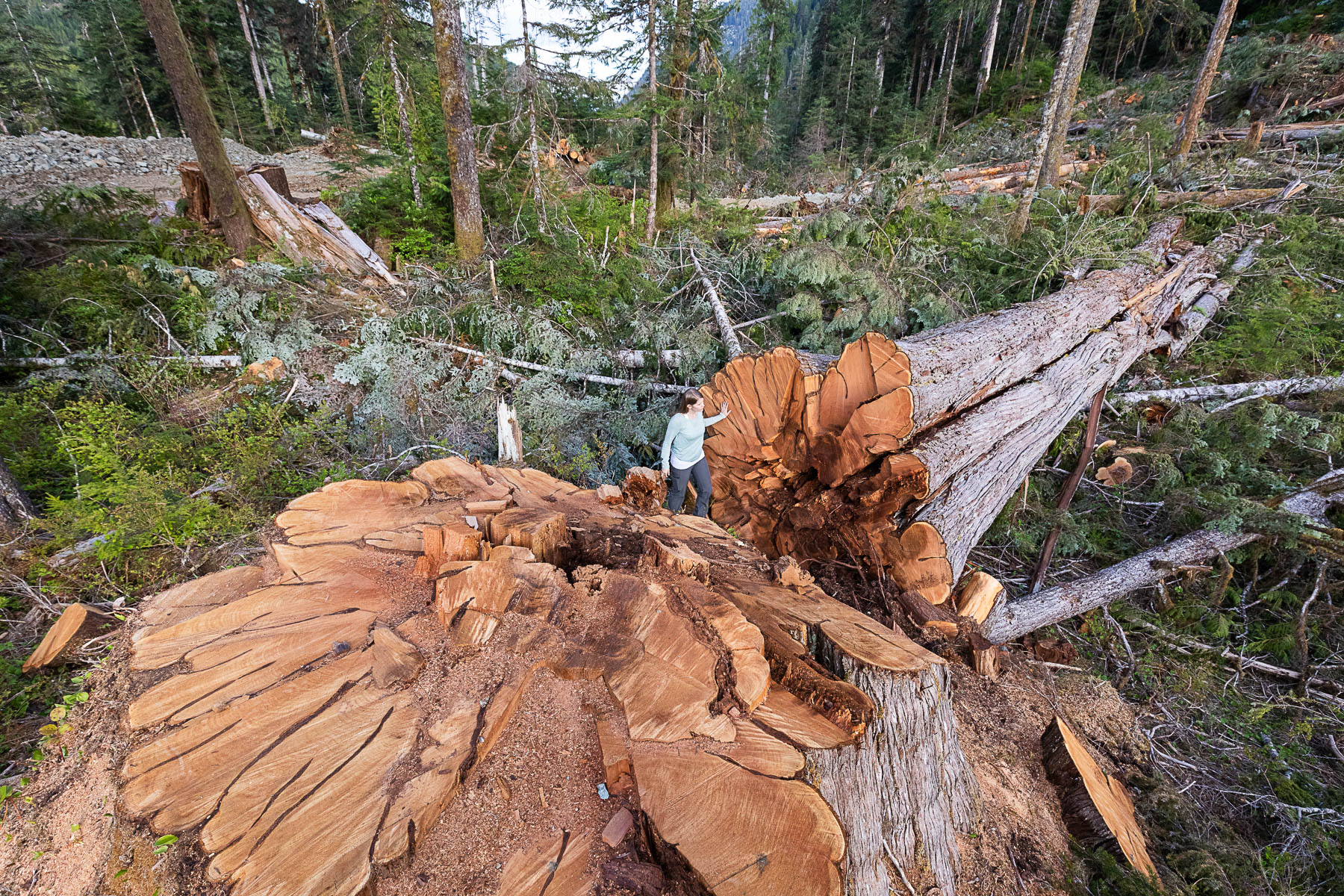

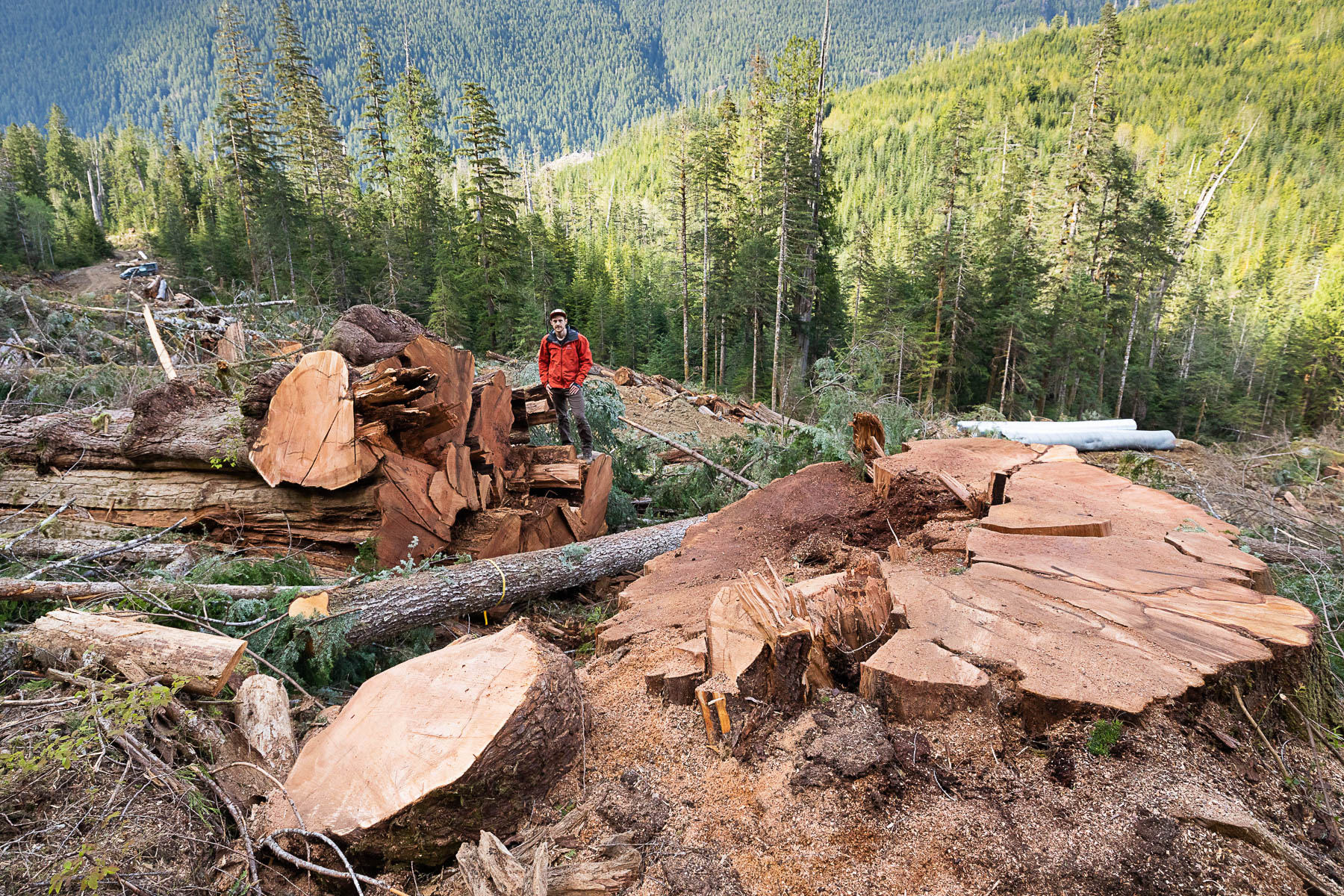
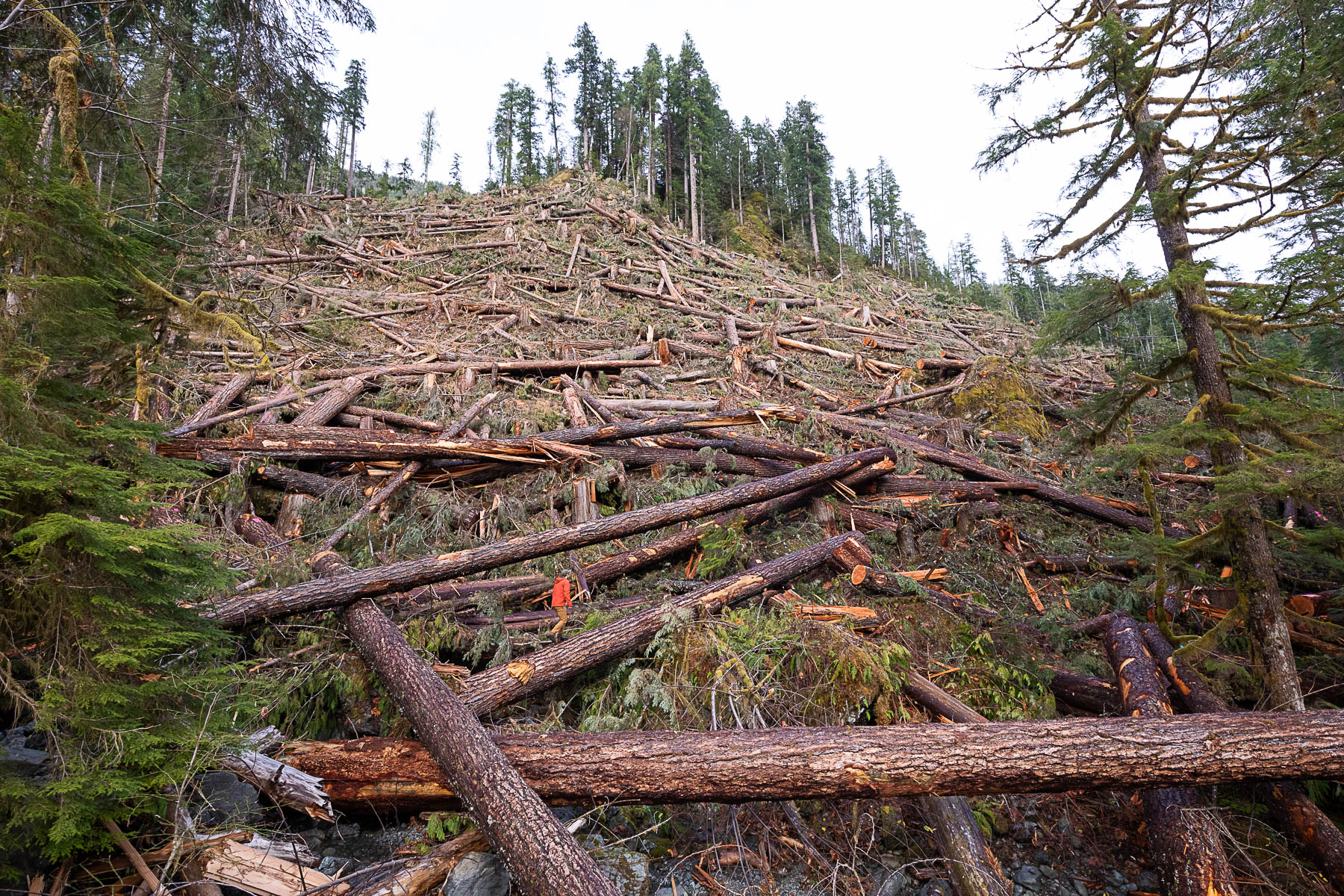
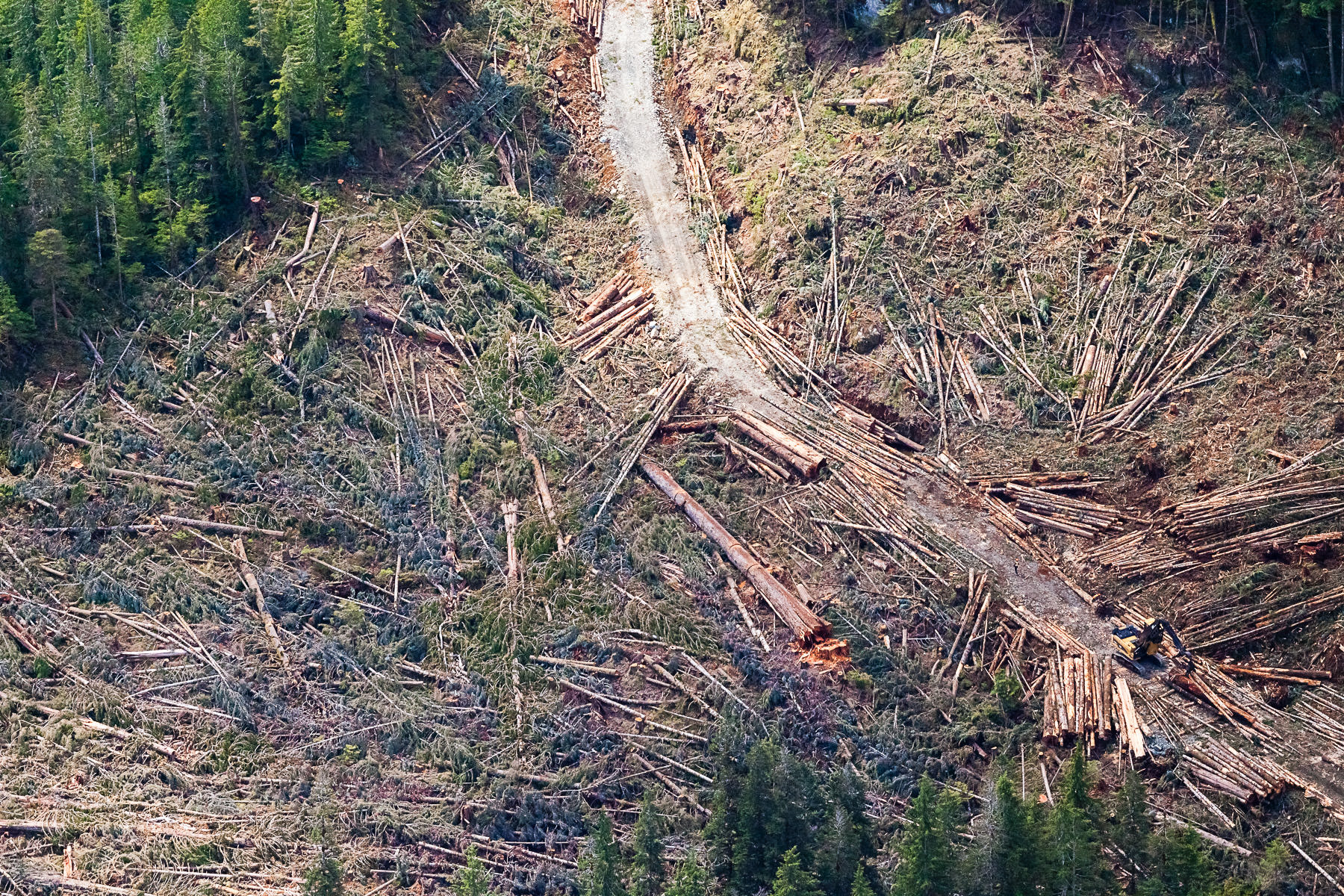
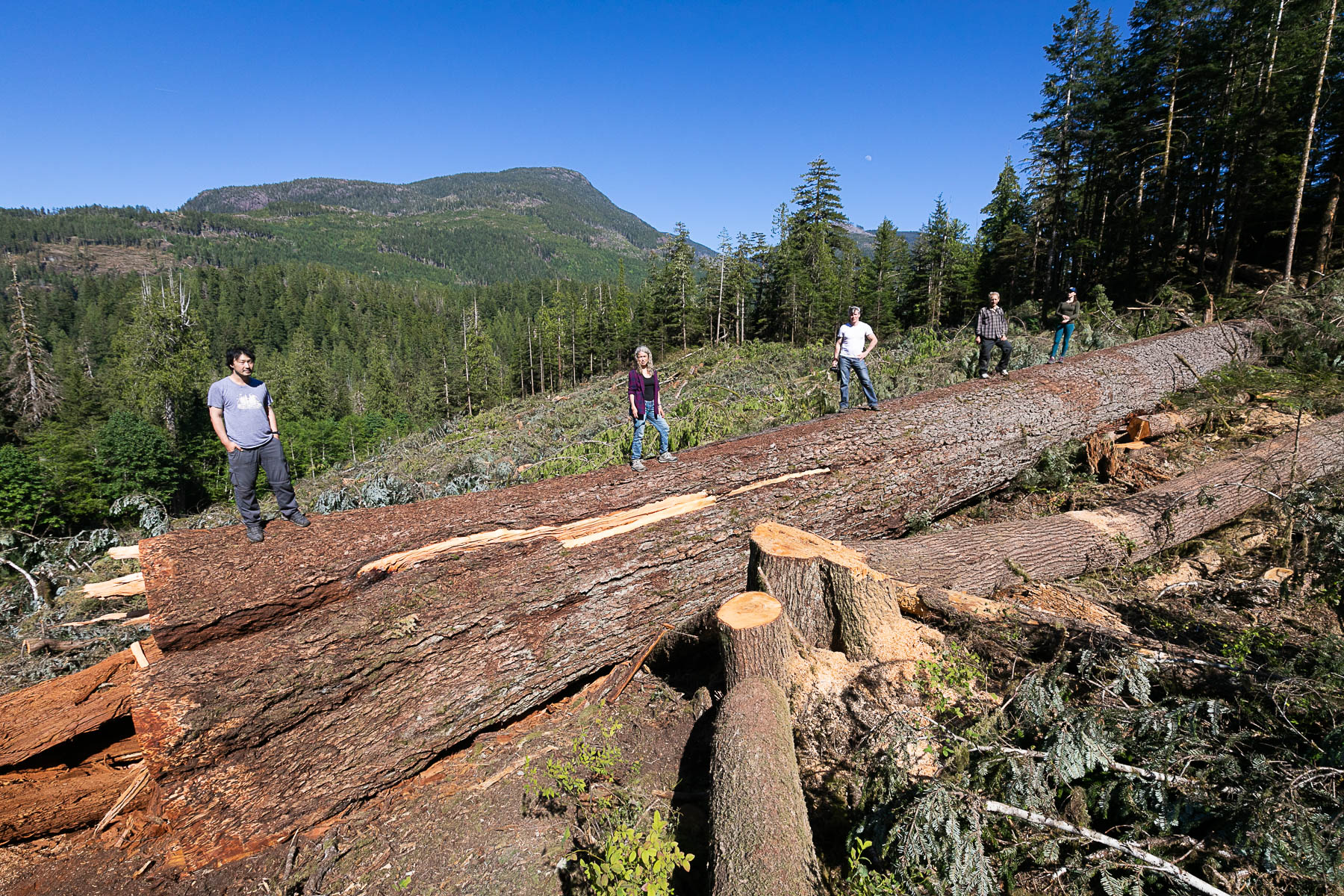
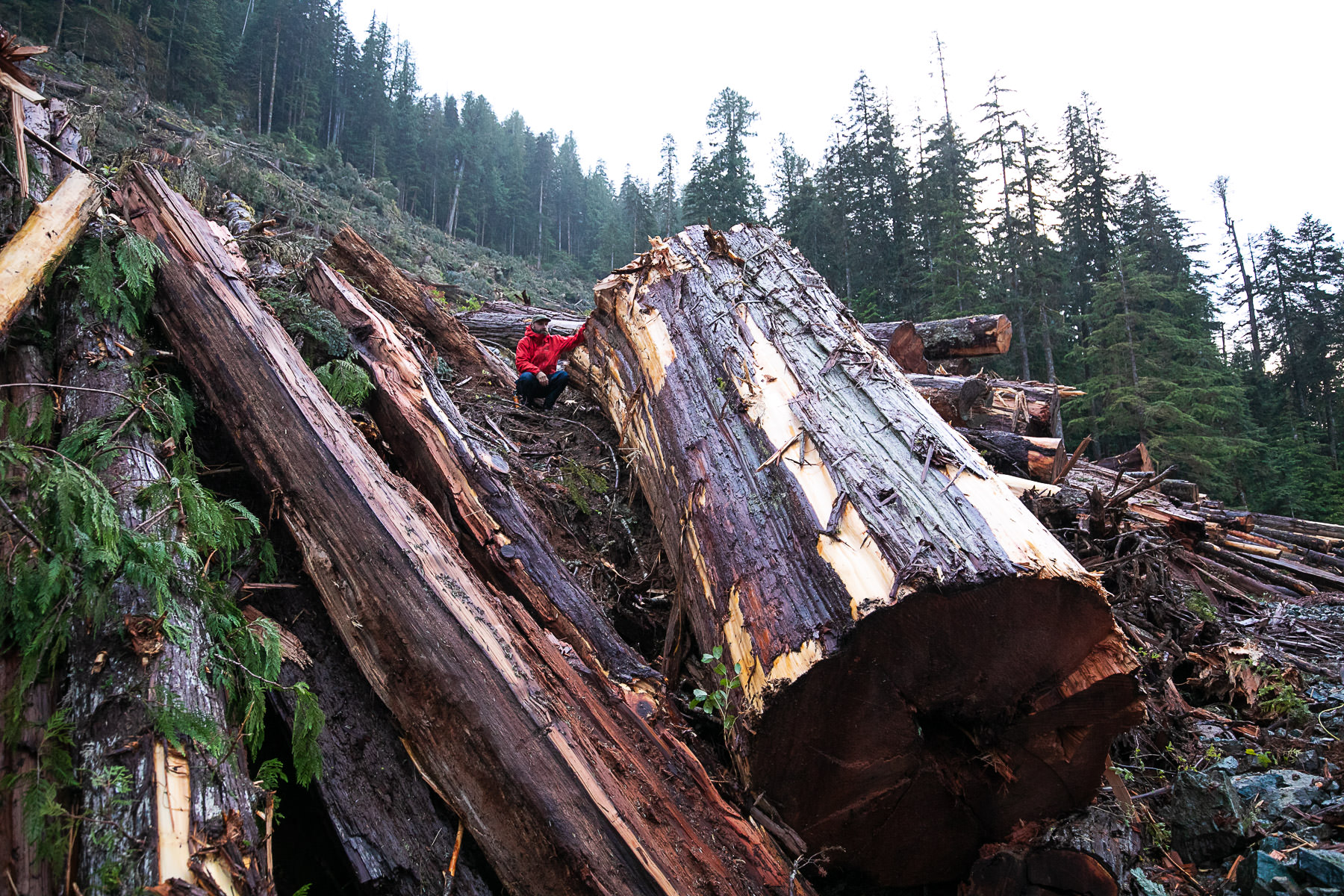

The old-growth logging showdown
Solid coverage on the old-growth issue in this past Sunday's Times Colonist! See the article by Judith Lavoie, which focuses largely on the destructive practices of BC Timber Sales, here: www.timescolonist.com/islander/the-old-growth-logging-showdown-1.23932754
Explore Magazine - Speak for the Trees
Check out the summer issue of Explore Magazine for a feature interview I did on the topic of BC's ancient forests! The article covers the history of the Avatar Grove campaign, the economic value of standing old-growth forests, and debunks the BC government's claim that these forests are not endangered. Port Renfrew Chamber of Commerce President, Dan Hager, and Spirit of the West co-owner, Rick Snowdon, share their personal experiences as tourism operators as well.
Old-Growth Logging on Edinburgh Mountain
New logging has commenced on Edinburgh Mountain, an exceptional old-growth forest “hotspot” near Port Renfrew on Vancouver Island and the location of Big Lonely Doug (Canada’s second largest Douglas-fir tree) and the spectacular Eden Grove. AFA campaigners visited the cutblock December 15th and were dismayed to find scores of giant trees cut down, including two-meter-wide cedars and an extremely rare, two-meter-wide, old-growth Douglas-fir. Over 15 hectares is being logged by Teal Jones, which adds to the over 75 ha of old-growth forest the company has logged on the mountain since 2016.
Just 50 meters away from the active cutblock stands a Douglas-fir tree that is the 6th widest Douglas-fir tree on record, according to the BC Big Tree Registry, and the 7th widest when including the Alberni Giant in the Nahmint Valley. While the near record-sized tree is located within a Wildlife Habitat Area, it remains vulnerable to future logging. Old-growth hotspots of high conservation and recreational value, like Edinburgh Mountain, are disappearing before our eyes and will be reduced to tattered fragments if action isn’t taken soon. The BC government must enact an immediate halt to logging in hotspots to ensure the largest and best stands of remaining ancient forests are kept intact and develop a science-based plan to protect endangered old-growth forests across BC! Send them an instant message at: www.ancientforestalliance.org/send-a-message
Nahmint Valley Old-Growth Logging in the News
Read the Times Colonist article here
Watch the Global News TV piece as well below, featuring my video footage and an interview with Ancient Forest Alliance’s Andrea Inness.
CBC News Coverage on BC's Old-Growth Forests
See the latest CBC article about the battle for old-growth forests in BC: Money Trees - The struggle over what’s ancient, giant, valuable and dwindling in B.C.’s coastal forests
Myself and Ken Wu spent two days with journalists, taking them on an old-growth bushwhack and through clearcuts on southern Vancouver Island.
*Take note of some additional relevant facts while reading:
1) Beyond their aesthetic appeal, old-growth forests offer a host of values that second-growth tree plantations do not. They support unique and endangered species that can't flourish in second-growth (like spotted owls and mountain caribou) and are vital for tourism, clean water, wild salmon, carbon storage, and many First Nations cultures.
2) Almost the entire western world is only logging second or third-growth forests. We can and should make the full, inevitable transition to a second-growth forest industry BEFORE the last of the unprotected old-growth is logged...and quickly.
3) The BC government’s and logging industry’s stats on the status of old-growth are deceptive. Of the 520,000 hectares of old-growth that the BC government says are off-limits to logging on Vancouver Island, less than 200,000 hectares are considered productive old-growth forests and are commercially valuable. The rest consists of stands with much smaller, stunted trees at higher elevations, on steep rocky slopes, and in bogs that lack the species richness and large trees of the productive forests. Almost 79% of the productive old-growth forests on Vancouver Island have already been logged - about 1.6 million hectares out of 2 million hectares originally. For stats and maps visit https://bit.ly/2QHJAvo
4) Independent, family operated mills are not representative of the coastal forest industry. Many have been forced to close due to increases in log exports, corporate concentration, and the depletion of the biggest, best, accessible stands of ancient trees over the past 20 years. Western Forest Products, Island Timberlands, TimberWest, Teal-Jones…these are overwhelmingly the companies responsible for the vast majority of the cut on Vancouver Island.
5) The “forestry workers who want jobs vs. environmentalists who love big trees” is largely a tired old division of the 1980’s and 90’s that we have worked hard as conservationists to bridge the gap on. One of the main forestry unions, the Public and Private Workers of Canada (PPWC), representing thousands of Vancouver Island sawmill and pulp mill workers, have called for an end to old-growth logging on Vancouver Island and we’ve worked closely with forestry workers to end raw log exports, ensure a value-added second-growth forestry transition, and to save old-growth for almost two decades now.
6) Economic studies have shown that old-growth forests have a greater economic value standing than for logging when factoring in tourism, clean water and fisheries, non-timber forest products like wild mushrooms and berries, carbon value, and recreational value in southern BC. This is more true today than ever. Port Renfrew and Tofino are shining examples of communities whose economies have vastly benefited from standing, living ancient forests.
CBC Kids News: Should old-growth forests be protected? This photo gallery features some of my images of big trees and giant stumps as well.







